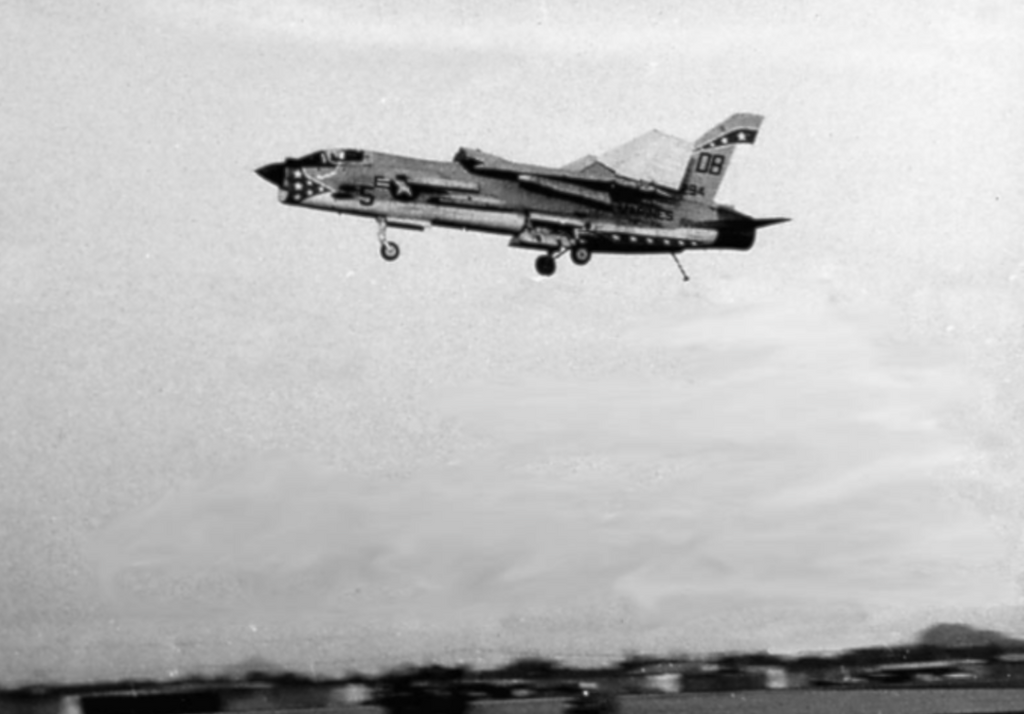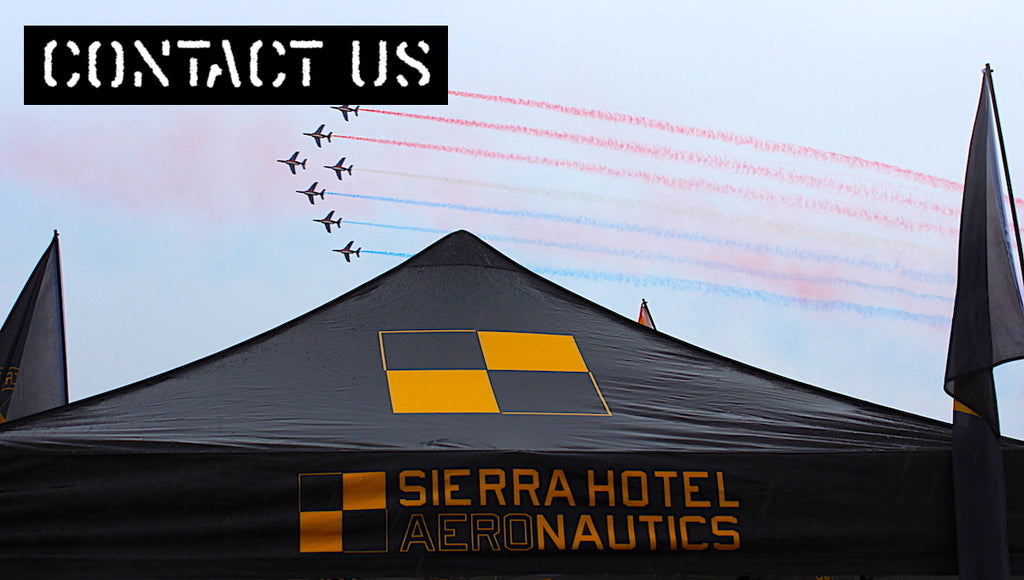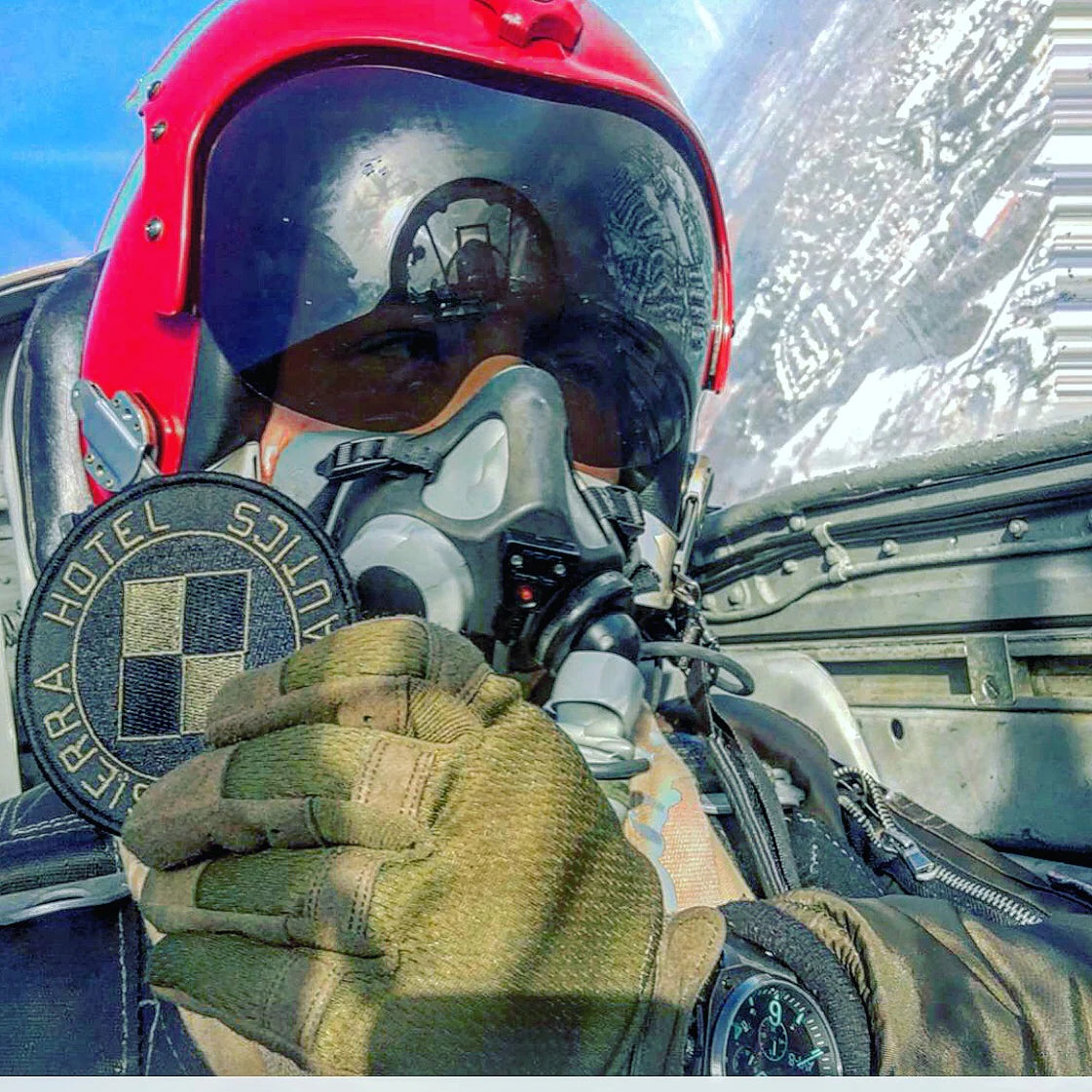My Wings Are What??

Any pilot, or ground crew, knows the importance of making sure that each item on a checklist is properly attended to. Unfortunately as professional as one wishes to be, we are all vulnerable to one basic and unavoidable truth…that no matter how experienced, and how attentive we are, mistakes can, and still do happen. There are minor mistakes that one can simply take to try and avoid on their next flight, and then there are the major ones, like forgetting to unfold your wings…
Amazingly, this has happened more than on one occasion, and thankfully, due to the incredible design of the aircraft, and the cool-minded professionalism of the pilots, most were able to be recovered and all crews left a little wiser

On January 22, 1968, a young LTJG at Miramar, attached to Navy Fighter Squadron VF-53 was preparing for a night flight in his F8E Crusader. During a hasty departure, and some unforeseen electrical issues that distracted the pilot, causing him to skip an important step in his pre-take-off checks… Once complete, brakes were released, and the Crusader was quickly accelerating down the dark runway. The pilot brought the nose back, rotated, and climbed into the night sky at approximately 170kts. 15 degrees nose up in the climb, the aircraft started heavy buffeting. Applying a slight amount of aileron, the Crusader snapped into a roll at 100AGL. Somehow the pilot managed to recover to a semblance of wings level and carefully brought his F-8 around for an emergency landing. Advising the tower of his control issues, they replied with an unexpected observation…that the wings were still folded! Setting up for a most unusual and hot approach. Gear down, hook up, and leave the folded wings as they were…the F-8 was successfully recovered, but unfortunately, the pilot's undergarments were listed as a complete loss.

May 10th, 1966, Lt Greg Schwalbert of VF-14 launched off a carrier at sea with his aircraft weighing in at over 34,000 lbs in high winds. Immediately after launching in winds of 33 kts over the deck, the pilot became frighteningly, and most painfully aware that his wings were still in the folded position.

After quickly jettisoning his external load, Lt Greg Schwalbert steered towards the safety of the shore that lay over 59km away. The Phantom was successfully recovered at NAAS Leeward Point after a tense 180 kts approach speed and touchdown that would be comparable to a Space Shuttle approach.
Any slower and the aircraft was feared to rapidly depart controlled flight. The pilot and aircraft survived, but no word on the condition of the pilot’s underwear. Once again, the F-4 is proof that with enough power, even a brick could fly!

In August of 1978, a USAF F-4E 66-0304 of the 57th FIS out of Keflavik, Iceland had just departed, when unfortunately for the crew, the freshly repainted Phantom also had wing lock pins that had been wrongly painted in gray, and not re-painted high visibility red. Most predictably, and unfortunately, the crew failed to notice the wing lock pins on walk-around, and seconds after taking off, the Phantom's wings folded in mid-flight. Thankfully, utilizing some superior piloting skills, managed to bring the jet back for a safe and uneventful recovery to KEF.

Not all asymmetric wing conditions are accidental... During the development and testing of the F-14; The US Navy raised concerns regarding the dangers of asymmetrical wing sweep. A series of flight tests were conducted by Grumman's Chief Test Pilot, Chuck Sewell, who took F-14 #3 up for several trials with the right wing locked in the forward position of 20 degrees, and positioned the left wing at 35, 50, 60 and 68 degrees of sweep in flight.
It was determined that the mighty F-14 could maintain controlled flight, and even be acceptable for carrier landings in a configuration up to as much as 60 degrees.
That is one badass cat!

Although not a folded wing, but certainly bent metal...This Crusader was approaching a heavily pitching carrier deck in adverse weather in the Mediterranean. The F-8's tail impacted the aircraft carrier deck and pancaked the tailpipe. After an unpleasant bounce and wheelbarrow, the pilot boltered and managed to limp to a base in Italy to a successful and uneventful landing with nothing more than a bent tail and a damaged ego.

On May 1st 1983, during an Israeli Air Force dissimilar air combat training session over the Negev desert, an IDF F-15D Eagle collided with an IDF A-4 Skyhawk.
The pilot of the tumbling Skyhawk managed to eject from his aircraft just as it disintegrated. Unfortunately, the air-to-air impact also caused the right wing of the Eagle to be instantly, and most completely sheared off at roughly two feet from the fuselage.
At that moment, completely unaware of the critical damage to their F-15 fighter, pilot Ziv Nedivi and navigator Yehoar Gal, continued as leaking fuel and vapours along the wing masked the extreme and critical damage from being seen from their cockpit vantage points.

The F-15 then entered what seemed to be an uncontrollable spin, with Nedivi immediately slamming the throttles forward engaging the afterburners to increase airspeed. Amazingly the wingless Eagle, utilizing a combination of thrust and increased airspeed, regained some semblance of control. Basically an unprecedented procedure of turning the F-15 into a lifting body type asymmetric platform with lift generated by the large horizontal surface area of the fuselage, the stabilators, and remaining wing areas. Certainly never tested before...nobody is that crazy.
Nedivi immediately diverted to the air base at Ramon, and completed the approach at over twice the normal approach speed to maintain the critical lift and whatever semblance of control possible.
At over 260 Kts, what remained of the F-15 Eagle touched down, shearing the tail hook completely torn off in the process. Thankfully, Ziv, utilizing whatever breaking action he could, managed to bring the F-15 to a full and complete stop only 20 ft from the end of the runway.
Well done gentlemen...

On Monday, June 28, 1965, Clipper Friendship, a Boeing 707-321B operated as Pan American Airlines Flight 843 departed from San Francisco International Airport carrying 143 passengers and 10 crew members on a scheduled flight from San Francisco to Honolulu, Hawaii.
Under the command of Captain Charles Kimes, 44, Pam AM Flight 843 was climbing out after takeoff with First Officer, Fred Miller, 48, at the controls. Moments after the Boeing 707 left the runway, at an altitude of only 800 feet, Flight 843 suffered from an uncontained engine failure. The number-4 engine exploded, rupturing the right outboard fuel tank and igniting fuel that was now spewing out of the right wing. The outboard engine then tore away from the wing, taking over 30% of the right wing along with it…
The number-4 engine fell away from the stricken airliner, falling towards the city below, falling through the roof of a cabinet shop in San Bruno, and slashing through a wooden beam, the jet engine then penetrated an 8-inch thick concrete wall and came to rest on a mound of soil.
The large 25-foot section of Flight 843’s wing came down on Grand Avenue in South San Francisco, starting a grass fire as it was drenched in burning fuel that was meant to bring Flight 843 across the Pacific. Another 6-foot section of the wing came to rest in Holy Cross Cemetery and a final charred chunk of Pan Am's engine exhaust slammed into the backyard of a housing area, also in South San Francisco. No injuries were reported on the ground.
Now bleeding fuel, trailing smoke and fire, and missing almost half of its right wing, Captain Kimes radioed San Francisco International tower
"I don't know whether I can keep it in the air or not.”
The crew of Flight 843 managed to extinguish the wing fire, then performed an immediate emergency diversion to Travis Air Force Base with what was left of their aircraft.
The emergency extension of the landing gear was performed manually as Flight 843 was on final approach to Travis AFB with a full complement of Air Force Crash trucks waiting for the Pan American 707.
Now only 34 minutes after Flight 843 departed San Francisco International, Flight 843 touched down gracefully with all 153 souls on board without a scratch. The professional conduct of the flight crew and the successful landing of Clipper Friendship was described as nothing short of a "miracle" by the media.













Tomcats wings can’t be control separately. It was tested by Grumman during pre-production testing. I’ve seen it happen to one of Tomcats in my squadron in 1990.
I can’t see anything wrong, they’re just flying with their S-foils in cruise position :D
I always knew the tomcats wing sweep could be over ridden by the pilot, but I didn’t know that both wings could work independently of each other. Go Tomcat.
Leave a comment